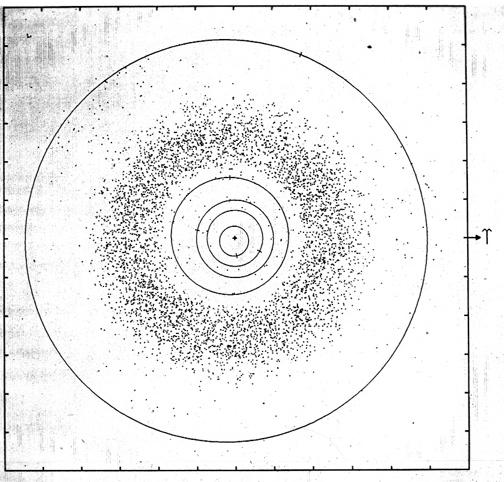

Here's 2-cents worth - first impression on the larger streak that had the arrow indicators was that it was Phobos. With about a 7.6 hr orbit, it would really move fast in the night sky. Second thought was the orbiter.
As for the other streaks, I'm not sure if the reflectivity of the asteroids or their size would make them that visible. However, with less light pollution and a thinner atmosphere than Earth, I would think that many more "meteor showers" would be visible. It's basically a constant occurrence and my guess is that you could see more in the night sky of Mars than Earth.